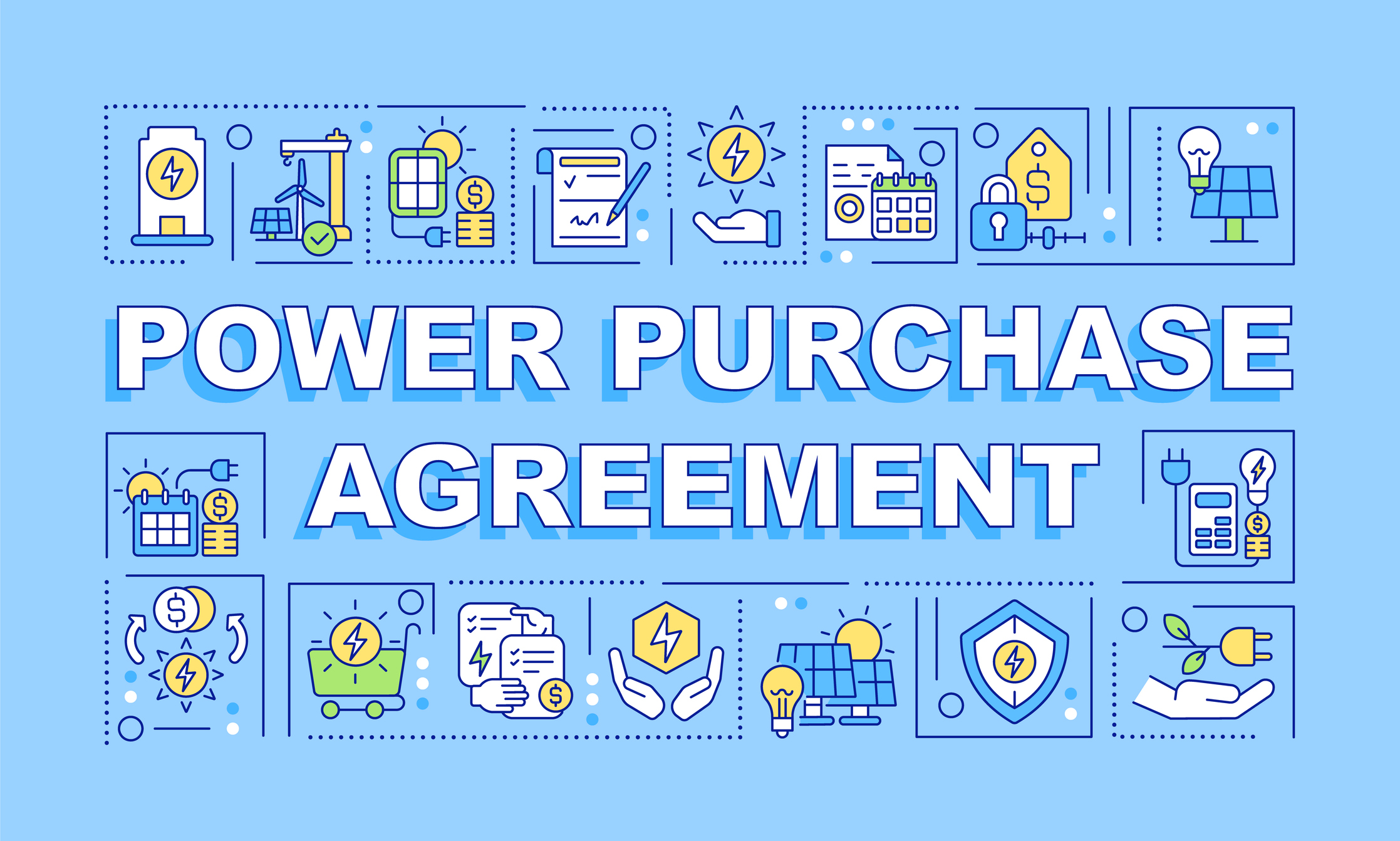From EV managed charging to battery programs and beyond, there are many possible demand flexibility strategies to employ. These exact demand flexibility programs require smart devices to realize their energy-saving potential. Unfortunately, every new device added to a program requires back-end work to realize. This entails the creation or deployment of an application program interface (API), that allows control platforms like distributed energy resource management systems (DERMS) to manage devices, which can be expensive and time-consuming, further delaying your programmatic deployment.
Why Demand Flexibility is Critical in Modernizing the Grid
Through the Internet of Things and enabled by WiFi-enabled smart devices, demand flexibility offers utilities and customers alike opportunities to minimize usage during peak demand periods, saving energy and money, while strengthening grid resiliency. The most common program is demand response, which, through decades of data, demonstrates the efficacy of this conservation strategy. For a recent example, in 2022, more than 10m residential customers were enrolled in demand response programs in the U.S. In that time, those customers saved 1004.03 gigawatt-hours of combined energy savings.
The Need for More Demand Flexibility Programs
As of this writing, many factors are converging that will benefit communities, while reimagining energy demand and grid management. In the U.S., legislation requires automakers to shift from combustion engines to 50% electric vehicles by 2030. Parallel to that, legislation like the Bipartisan Infrastructure Law and the Inflation Reduction Act are looking at both updating transmission and distribution lines, while expanding the national EV charging infrastructure to meet both rising needs and global electrification and decarbonization efforts.
The existing paradigm of grid management will soon be challenged like never before, and grid operators will need to find non-wires alternatives and other novel load management schemes like virtual power plants to meet demand. Fortunately, the influx of WiFi-enabled devices and the spread of national broadband, has provided opportunities for utilities to tap into these devices to manage demand better.
Finding the Right Device
While there are many amazing options for smart home devices on the market, enterprising program managers will work to assess the potential within their respective markets, to better address their limitations and understand what the community might need. For example, analysts reported that approximately 19.6m smart thermostats were installed in 2021. That same report continues, adding that smart thermostat market penetration should reach 18.3% of households with internet access in 2022. Of that number, 27% report specifically owning a Nest thermostat. This is confirmed by a recent report in the New York Times that identified the top reviewed smart thermostats in 2023: Ecobee, Nest, and Amazon.
– Ana Bogdanova, Sr. Product Manager, Virtual Peaker
Utility program managers can conduct their market research to determine the best, most accessible, and functional devices within your service territory. This type of research can entail reaching out to businesses or even device manufacturers to get a feel for what constitutes the most popular, and, hopefully, the most useful in your program.
Selecting device types for your program should both examine device types by commonality and by function. Since program managers can run multiple demand flexibility programs at once across multiple device types, finding new and novel ways to unobtrusively run events might include pre-loading water heaters or through battery programs that charge off-peak hours is critical to load shifting without any noticeable disruptions for customers. In this case, each device type can be scheduled to conserve at the optimal times to save money without creating any difficulties for program participants.
OEMs & APIs
While finding devices common to your area is critical in establishing exactly which device you might like to target in your program, navigating the most optimal API structures presents a very different challenge. Application programming interfaces (APIs) are the necessary communications protocol required to connect OEM device partners with utilities through their distributed energy resource management system (DERMS). APIs are a developing economy for utilities, which can use API data to track usage behaviors, manage device control, and more.
The relationship between APIs and OEMs is rarely the same from device to device, irrespective of type. In many cases, utilities have leveraged OpenADR, a communications standard or protocol that defines a set of rules and signals for automated demand response. Fortunately, there are options like Gravity Connect® that are designed to expedite the development and program deployment process. Demand flexibility program managers may consider this layer of complexity when planning when or how to change or add new device types to their initiatives.
The Case For Multiple Device Types
Often, utilities may offer numerous demand flexibility options spread across a variety of different event types. For example, a utility may have demand flexibility programs to help manage EV charging, utilize battery storage, for demand response, or more, and each of these programs will likely feature different OEM partners, APIs, and strategies. This adds upfront costs and development time across each program but can yield effective results through a diversified demand flexibility strategy that can be unified (and thus simplified) by using a singular distributed energy resource management system (DERMS) or comparable control scheme.
Furthermore, in offering an assortment of demand flexibility programs, utility program managers can more accurately provide more dynamic and less intrusive load-shifting opportunities; rather than one, city-wide program, utilities can run several smaller programs that are often invisible to customers. Several factors inform demand flexibility enrollment and engagement. As noted, device type is critical to customer engagement, as is offering the proper incentives to motivate not only enrollment but also participation. Since, factors like locking a customer out of their thermostats or failing to properly advertise programs have proven detrimental in developing or scaling demand flexibility programs, providing a diverse offering of options can minimize any type of intrusive event, while affording a wide range of opportunities to encourage positive usage behaviors.
Adding Device Types to An Existing Program
Now that we’re here, it’s worth noting that the work of selecting the right OEM partner, matching that with your preferred demand flexibility program, and determining your API strategy is the hardest part of realizing your program. Fortunately, once a device has been determined and the right Grid-Edge DERMS selected, utilities can quickly and efficiently add new devices to existing programs.
First, remember that there are three types of DERMS: a purpose-built model purposefully made for a utility that features a steeper upfront cost and longer lead times; a vendor-led solution, which cedes control to a third party; and the flexible self-service SaaS model that offers an affordable, modular solution that allows utility program managers to select only what they need or want for their respective programs while maintaining control of the customer journey. Adding devices may depend on which type of Grid-Edge DERMS you employ, although in most, if not all, cases, program managers will likely need to start by contacting their vendor’s client success team.
Generally speaking though, devices will likely require a few pieces of information to get started, including things like:
- A device’s serial number to help create a direct connection, which may only apply to OEMs that don’t support OAuth login
- An account number associated with your vendor, likely for internal use between the utility and the vendor for billing purposes
- An email address
For serial numbers, make sure to educate your staff on where to find the correct number on the device. Bear in mind that these serial numbers may be difficult to obtain, depending on the device type. For example, water heaters aren’t always located in easily accessible locations for residents to find; minimize their barriers to program access by helping them find the requisite information.
Account numbers or the appropriate billing-related codes are a minor, but important step to ensure that your program ROI is properly accounted for, as adding more devices requires a fee structure for support. Similarly, in some cases, utilities may have to pay per API, depending on the rate schedule with your selected vendor.
Lastly, customer contact is critical for several reasons, although primarily to ensure that customer engagement remains robust. In fact, research suggests that consumer mistrust plays a role in a customer’s willingness to participate, so make sure that your communication is always prioritized.
Device Types & Demand Flexibility Conclusion
Every year, there are more smart devices on the market with more coming and greater interconnectivity through the expansion of the national broadband network. Factoring in the temperature and weather extremes caused by climate change; regulatory requirements to decarbonize; and an increasingly volatile energy supply chain, load flexibility shifts from a potential solution, to an existential necessity. There are more EVs on the road today than yesterday, with more coming; more electric demand; and diminishing returns from fossil fuels. Fortunately, these same distributed energy resources (DERs) are critical to any demand flexibility program and will prove essential in reshaping the load to enhance grid resiliency, while defraying high energy costs.






